Jan 3, 2025
Understanding the Robbers Cave Experiment: Insights into Tribal Conflicts
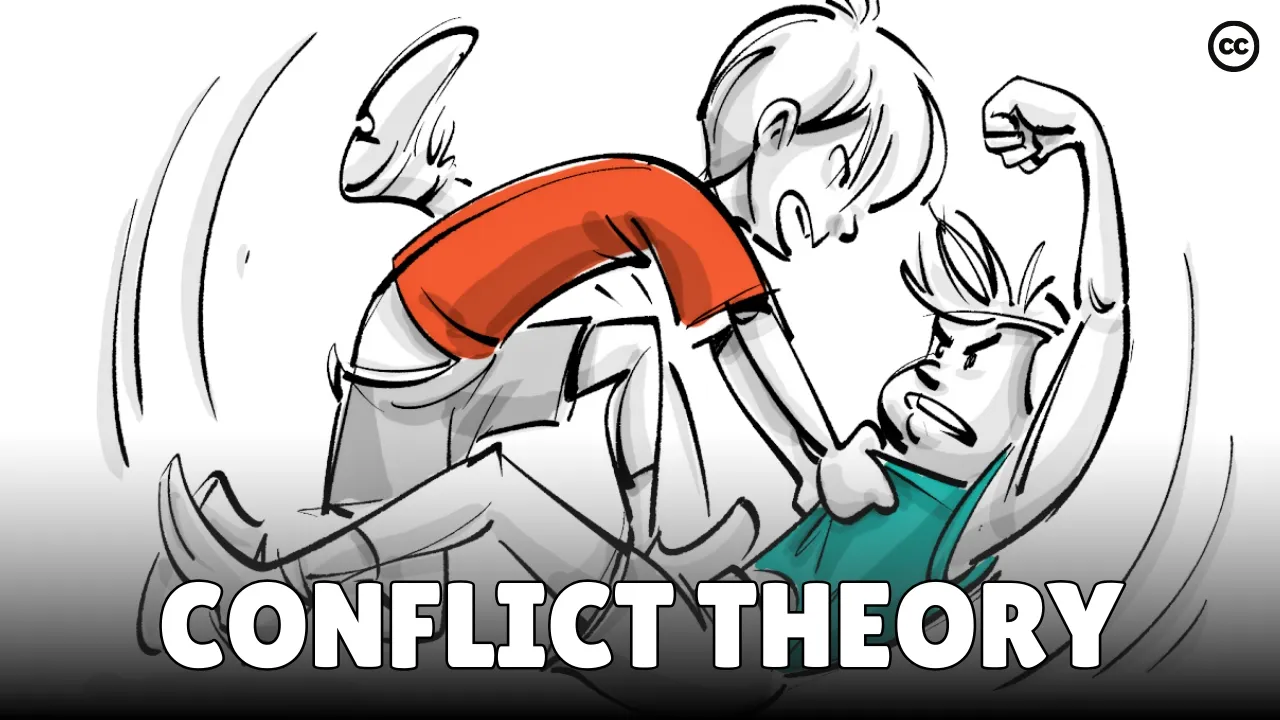
Introduction
The Robbers Cave Experiment is a fascinating study that reveals how competition can lead to conflict among groups. Conducted in the summer of 1954, this experiment involved a group of boys who were unaware they were being manipulated into fighting each other. What unfolded at Robbers Cave State Park in Oklahoma has important implications for understanding tribal conflicts today.
The Robbers Cave Experiment
This groundbreaking experiment was designed to observe the dynamics of group behavior and the effects of competition. The boys, aged 11 and 12, arrived at the park believing they were going camping. However, unbeknownst to them, they were part of a study that aimed to explore the roots of conflict between groups. The experiment unfolded in three distinct phases: in-group formation, friction, and conflict resolution.
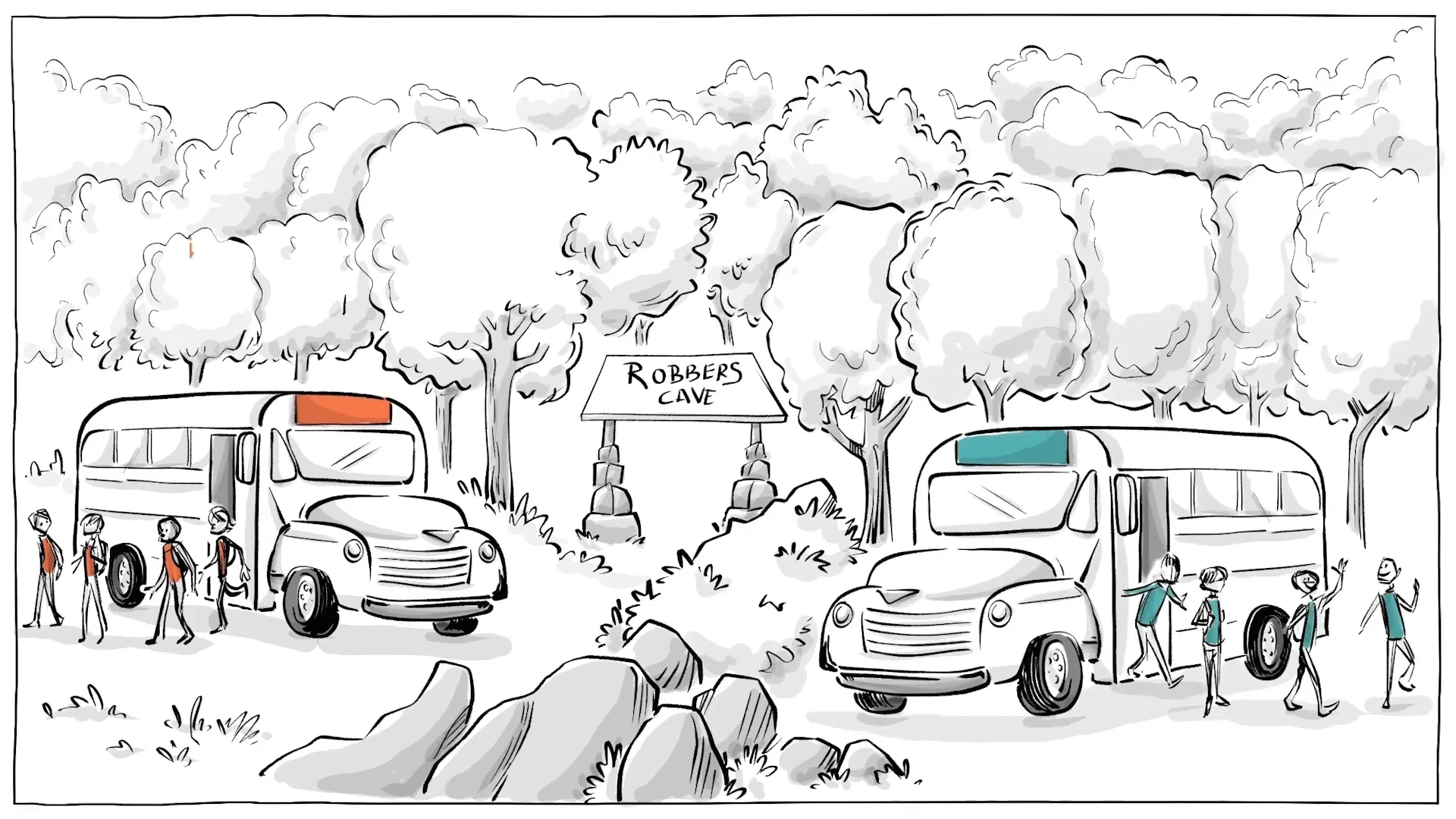
In-group formation
The first phase involved creating in-groups. The boys were divided into two groups, the Eagles and the Rattlers, and engaged in various activities without interacting with the other group. During this time, they formed friendships, established social norms, and developed their own subcultures. As they participated in fun activities like swimming and hiking, they began to identify with their respective groups, creating a strong sense of belonging.
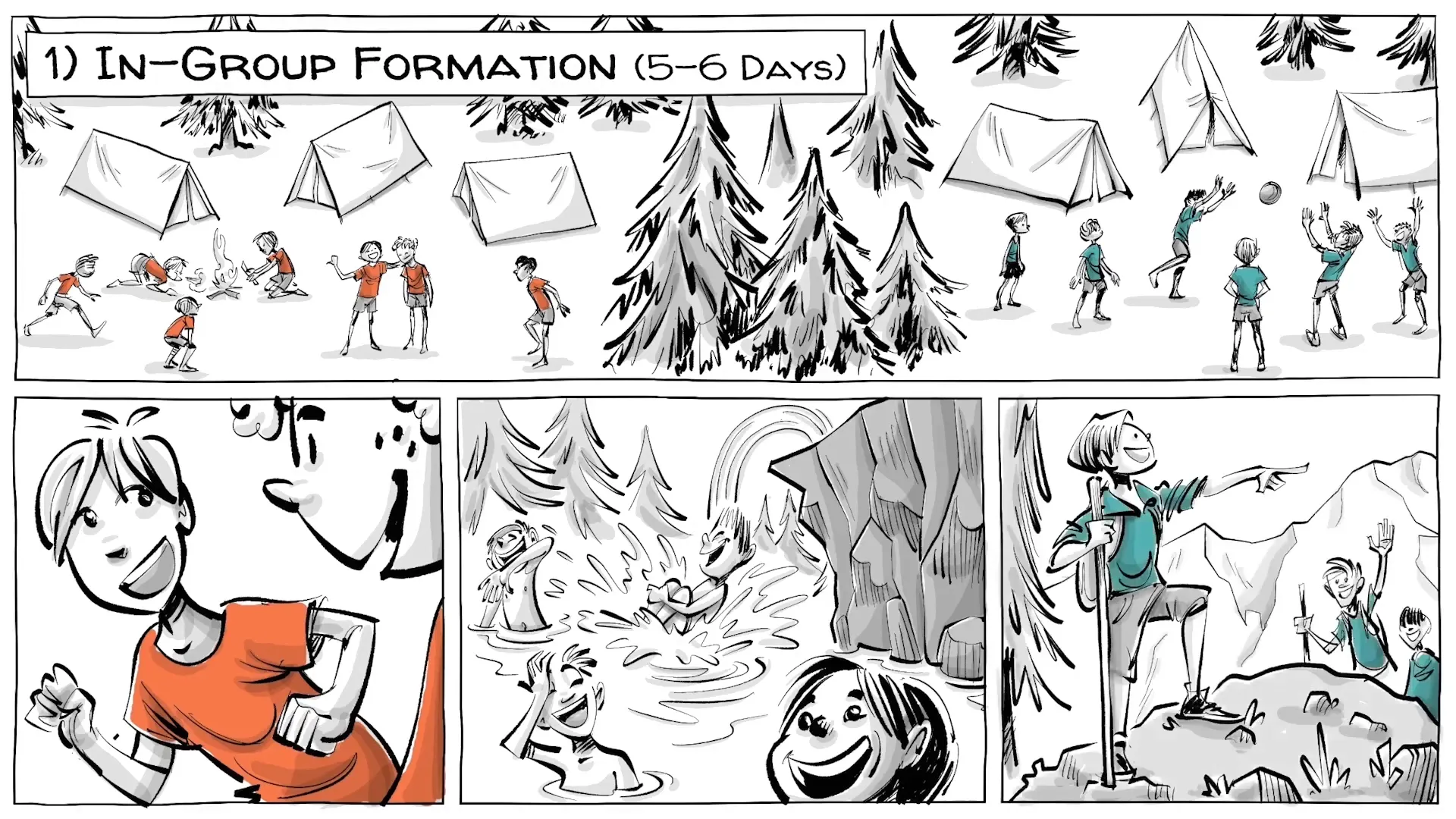
Friction phase
In the second phase, the friction phase, the two groups were brought into contact with each other through competitive activities. The researchers set up competitions with limited resources, creating a situation where only one group could win. This led to the emergence of negative attitudes towards the outgroup, and hostility quickly developed. The staff even encouraged acts of sabotage, such as dumping mud in the cabins of the opposing group, which escalated tensions and resulted in verbal abuse and violence.
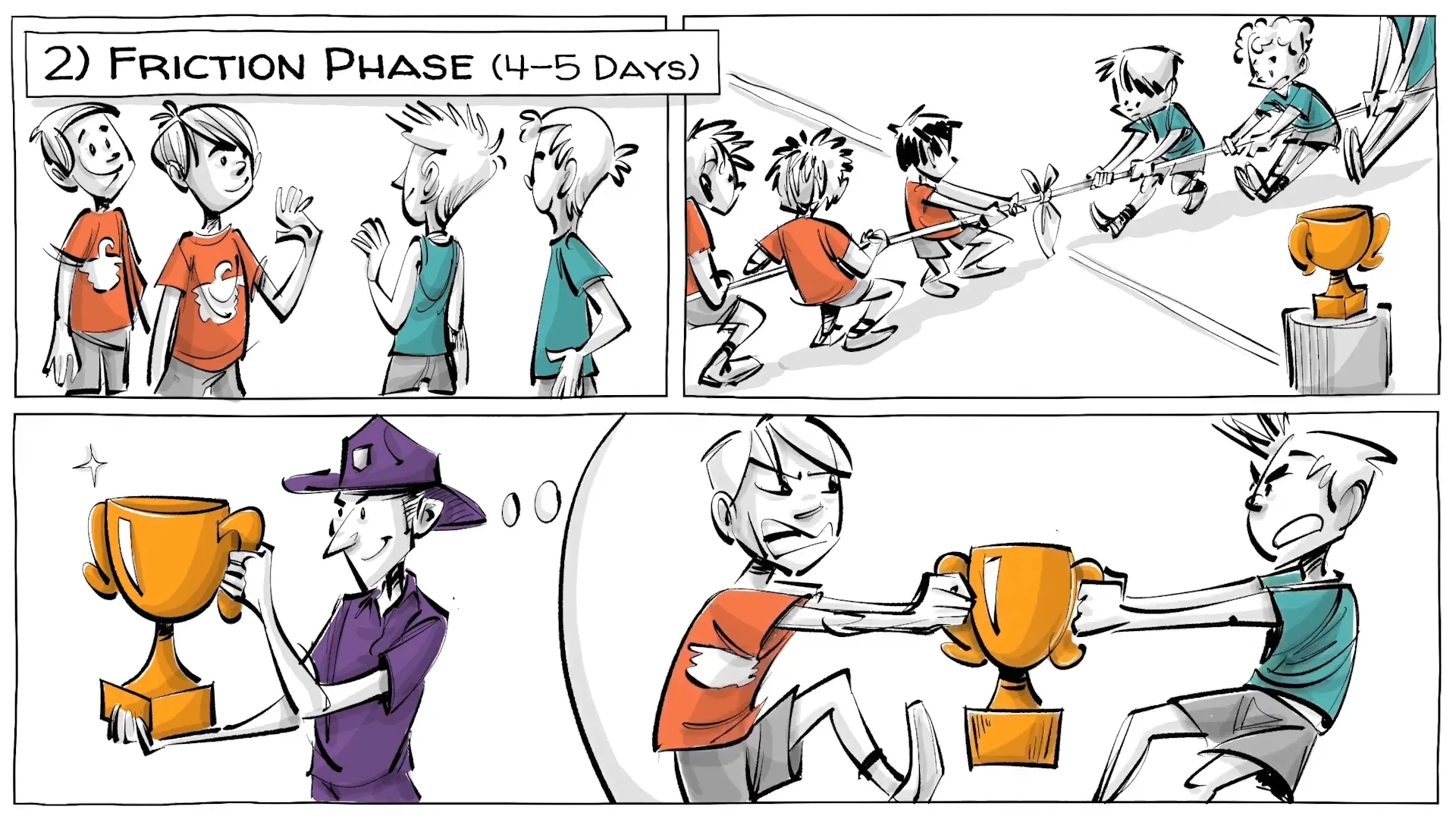
Conflict resolution
The final phase was aimed at conflict resolution. Initially, the researchers attempted to reduce prejudice by increasing communication between the groups, but this only exacerbated the situation. In a clever twist, the camp staff blocked the water supply, forcing the boys to collaborate to fix the problem. This situation led to cooperation, and the boys began to see each other as fellow campers rather than adversaries. By the end, they were celebrating together, marking a significant shift in their relationships.
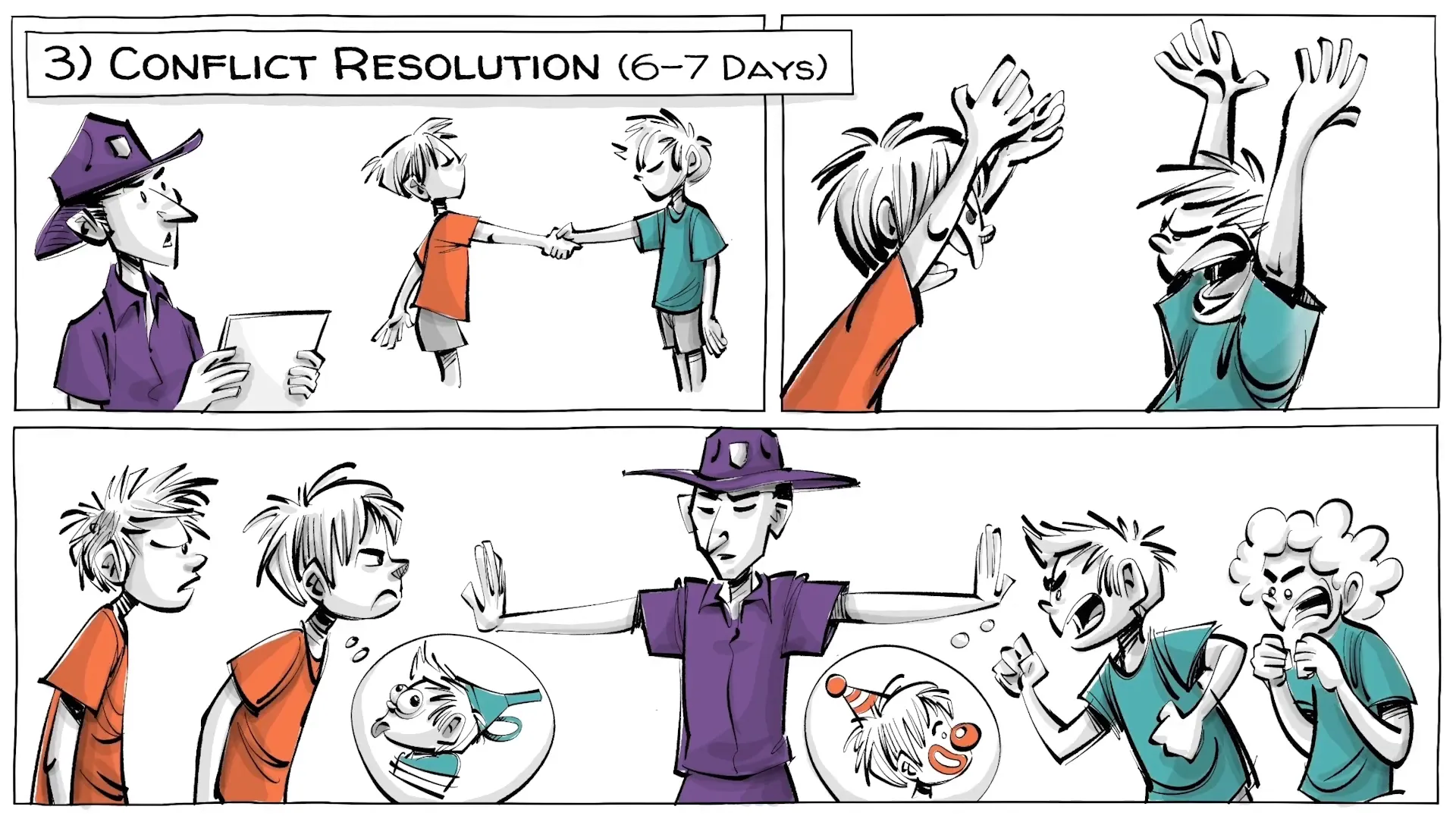
Four findings
From the Robbers Cave Experiment, researchers drew four key conclusions:
- Individual differences are not responsible for tribal conflicts. Factors like age, race, and culture do not significantly influence hostility.
- Hostile attitudes emerge when groups compete for limited resources.
- Discussions alone do not resolve conflicts.
- Common goals or shared enemies can promote cooperation and reduce friction.
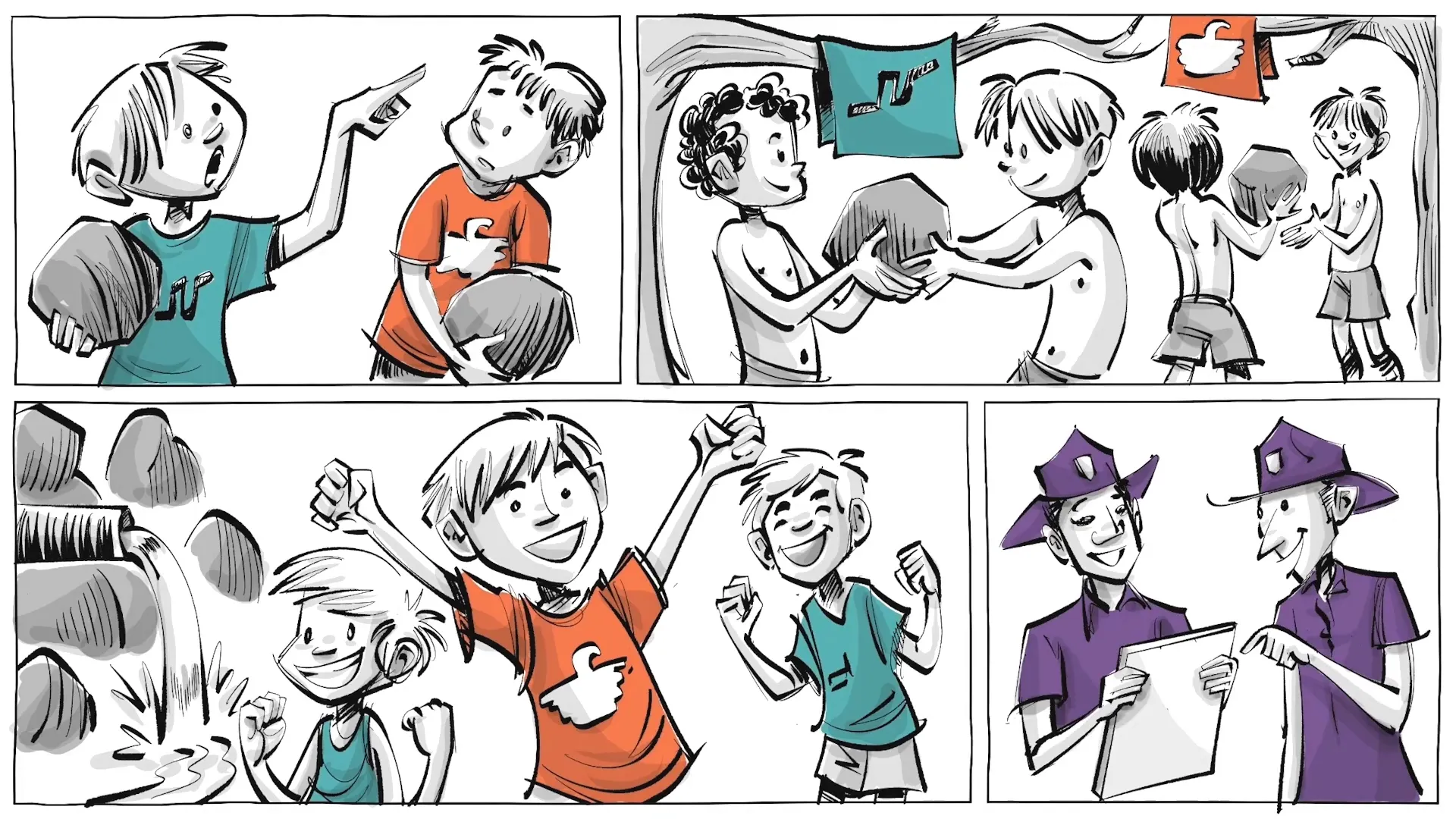
Realistic conflict theory
Muzafer Sherif and Carolyn Wood Sherif, the psychologists behind the experiment, established the Realistic Conflict Theory. This theory explains that hostility arises from competition for limited resources, such as money, power, or social status. Whether these resources are genuinely scarce or merely perceived to be so does not matter. The theory provides insight into how discrimination against outsiders can escalate during times of scarcity, leading in-groups to attempt to eliminate out-group competition.
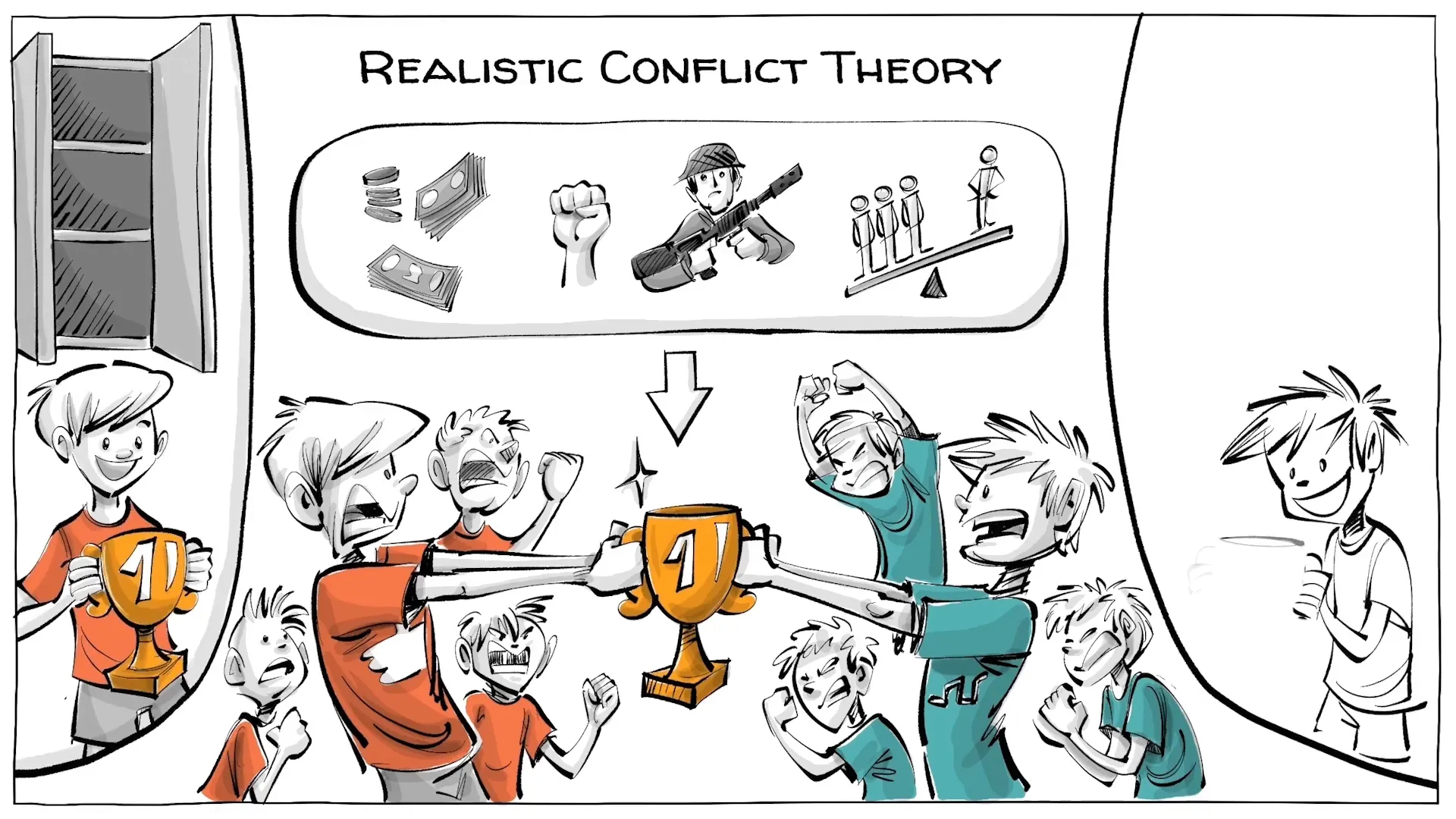
What do you think?
Do you believe that tribal conflicts primarily arise from competition for scarce resources? Are shared goals and common enemies the only ways to foster peace? It's important to consider whether this theory applies to adults as well, as children may be more susceptible to forming and changing prejudices.
Conclusion
The Robbers Cave Experiment provides valuable insights into the dynamics of competition and cooperation among groups. It highlights the importance of understanding the roots of conflict and the potential for cooperation to bridge divides. By examining these findings, we can better address the challenges of tribal conflicts in contemporary society.
This article was created from the video Robbers Cave Experiment: Unmasking the Roots of Tribal Conflicts with the help of AI. It was reviewed and edited by a human.



